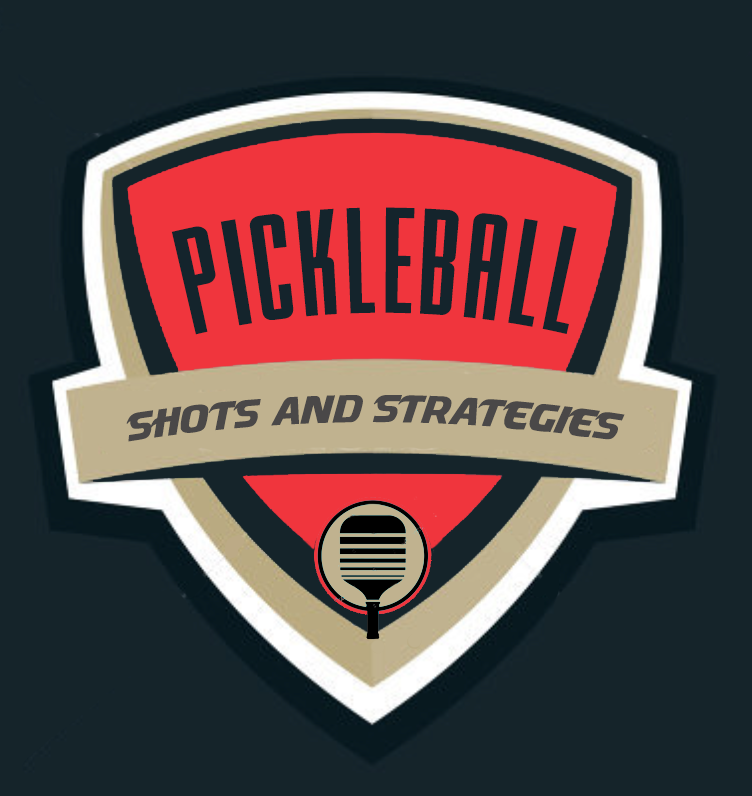DEPTH CONTROL
The ability to hit the ball to specific depths is a major factor in determining your skill level. You can’t become a better player if you can’t control the placement of your shots! Shot placement relies on the distance the ball must travel to reach a given area. In order to improve your game you will need to control the placement of each shot, hitting the ball exactly where you want it to go.
You want to be able to keep the ball in play and also place it in front of your opponents’ feet, forcing them to hit up on the ball. You also can “aim for” a specific target - like your opponent’s right shoulder.
When hitting your serve, you should get in the habit of incorporating the height, pace, and spin.
Ideally, you will hit your serve so that the ball lands deep in the opponent’s service box. After some practice you will learn to control how hard and how high you need to hit your serve so it lands where you want it - a couple feet from your opponent’s baseline. Let’s call this the “42 Foot Shot”.
If you complete a 42 Foot Shot with the same pace and height as your return of serve, your ball will land deeper in the court, forcing your opponent into hitting a deeper and much more difficult shot. Hitting the ball with one of the two main spins will improve your ball control skills.
Each of you only has to cover your side of the court. You must be ready to move forward on short balls and laterally on wide balls. As long as you can move fairly well, you should be physically able to get your paddle on the returning shot and keep the ball in play. When done correctly, this tactic builds a formidable defense which the other team will find difficult to break through.You can also hit a drive and move forward, but bear in mind that your opponent will be hitting a volley, and returning their shot will require you to have excellent skills and excellent control over volleys and half volleys.
The third shot drive is similar to a serve and a return of serve. Hit the ball with the same pace in order to keep the ball in play. The point of the drive is to force your opponent into hitting a volley. After you hit the ball, both you and your partner should stay back and get ready to return the upcoming volley. Each of you covers half of your side of the court - a quarter of the whole court, and each player on the opposing team covers half of their side of the court. You should also be prepared to move forward on short balls and laterally on wide ones. As long as you can move fairly well, you should be physically able to get your paddle on the returning shot.
The total distance of the third shot drive is 29 feet to the net - 22 feet from your baseline to the net, plus 7 feet from your baseline to the opponent’s kitchen. Once you've built the touch necessary to hit the ball 29 feet, (being careful not to hit the ball into the net) it will become an automatic part of your game. Additionally, the percentages on this shot will improve as you do.
Playing with Bangers
The pace of your shot is the most important factor in determining how far the ball travels and where it lands. Some players just like to hit the ball hard every time. These players are called “bangers” and they are here to stay because hard hitters can be very effective at most levels. All players like to win, and this is certainly a winning style. However, Bangers stand little chance of winning points against players armed with excellent volleys. Why? Because short compact volleys can easily defend against larger swinging strokes. This advantage adds up over the course of a game.
Players at all levels like to win, and the Banger is certainly a winning style. However, you won’t see Bangers winning against players with excellent volleys because short compact volleys can defend against larger swinging strokes, which adds points over the course of a game. If you are a recreational player who doesn’t like to be up at your NVZ line when facing off with a Banger, then simply don’t go up. Stay back at your baseline and play each ball as if your opponent is serving to you or returning your serve. It is not a good strategy to go forward if drives can overpower your volleys.
They are effective because a hard-hit ball forces the opponent into a reactionary and defensive stroke. Many recreational players simply like to get out on the court and hit the ball. But when a ball is hit too hard, the pace of your shot doesn’t stand a chance of the ball landing in the opponent’s kitchen.
Advice for Bangers
My advice to players who are “Bangers” is to learn to hit the ball with varying speeds. This will slow the pace of your balls so their velocity causes them to fall below the level of the net, forcing your opponents to make a more difficult shot. Of course when playing against beginning and intermediate players at your local club, place balls with less pace to be below the level of the net forcing your opponents to make more difficult shots. Also, hitting the ball slower to accommodate beginners and intermediate players at your local club is just the courteous way to play.
When your drives are flying long, adding topspin will cause the ball to spin and curve or dip inside the baseline. Adding topspin to a ball hit with less pace will allow you to successfully hit the ball into your opponent’s kitchen.
